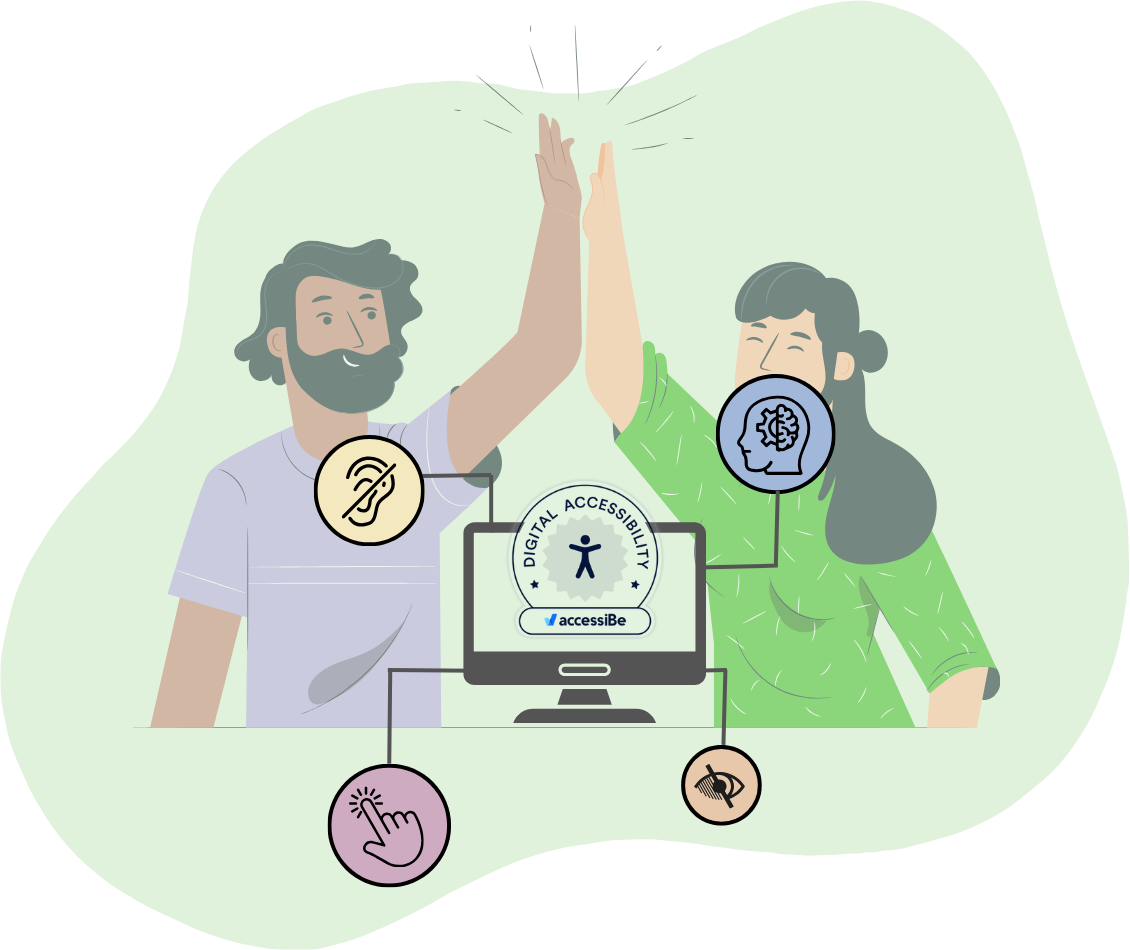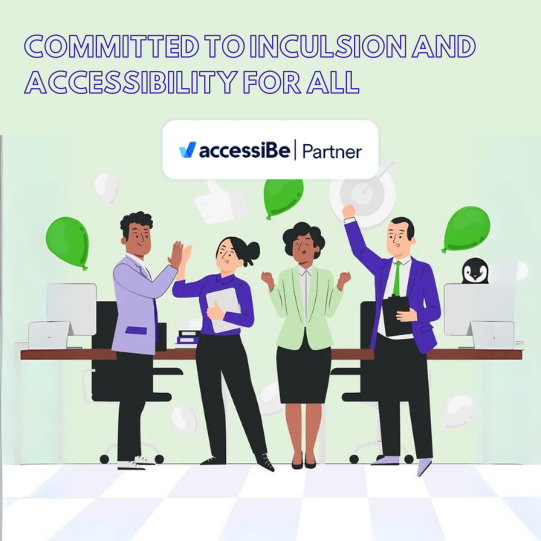When it comes to the psychology of buying decisions, so many tiny elements that you may not even realize are contributing to whether or not a user makes a conversion action on your website. There are technical elements, psychological elements, aesthetic elements and other aspects of your website that are all either coming together to help a prospect make the decision you want, or pushing them away. Marketers spend years mastering content marketing, technical SEO, and consulting with web development professionals on UX issues to make sure that the conditions are perfect when a prospect arrives on their website - only to be stumped when their bounce rate goes over 60%.
Your bounce rate is the percentage of website visitors that come to your website and take no other action before leaving. This is an indicator to search engines that the content they’ve clicked through isn’t valuable or relevant for what the user searched for, or your website isn’t the best source of information for that topic. This can happen for a number of reasons, but lowering that bounce rate is going to be really critical not only for search engine rankings but also to ensure you’re getting the most out of the traffic that you work so hard to funnel to your website to begin with.
Why work on your bounce rate?
- The goal for more people is to have a large percentage of your website visitors taking an action on your website.
- One of the considerations for website rank by search engines is bounce rate. The lower your bounce rate, the better your potential to rank is.
Even the most savvy marketers can miss something when it comes to decreasing the bounce rate on their website. The intricacies of conversion can be a little daunting to master all at once, but with the right strategy, you can slowly bring down your website’s bounce rate.
Here are a few factors that contribute to an increased bounce rate on your website:
Not mobile-friendly
It is very rare that you’ll encounter a web developer that doesn’t leverage mobile-first design. In the design of your website, you should make sure that your developer either asks for your mobile design or insists that they establish the mobile design prior to beginning the development of the website.
Understanding how elements on the page will shift as the browser size changes is critical to creating a good user experience for your website visitors. If images don’t properly shift above or below the words they support or the navigation doesn’t translate in a logical way to a smaller mobile browser, you could risk losing visitors to confusing mobile and tablet views.
Not only should your website developer be looking over your mobile design first, but they should be making intuitive suggestions for search options, filtering and other expert tips to make sure your website translates well to browsers on mobile devices.
Related: HubSpot Developer Utopia - 7 Things to Expert When Developing a HubSpot CMS Website
Poorly Planned Design
UX, font size, ugly color contrasts, menu navigation that is too clunky or not intuitive - all of these things contribute to a poor user interface, which can annihilate a bounce rate. It seems logical, but users (especially in the ADD on-demand world we live in today) want to find the information they’re looking for easily, without extra work and without hurting their eyes.
As a rule of thumb, if a user can’t locate the information they want within 4 seconds of clicking on a page, they’re probably leaving for the next source of information. This means that you have to have a simple and intuitive design, fast loading pages, colors that are complementary but not too contrasting and navigation that is easy to understand.
A list of common issues with poorly designed websites?
- Fonts that are too big or too small
- Glaringly contrasting colors that are hard to read or look at
- Pages that have too many elements loading at the same time and take longer than 4 seconds to load
- Large useless animations
- Music that doesn’t allow the user to control the volume or plays the moment a page is clicked
- Irrelevant, obnoxious images
- Too many ads or banners popping up
- Chat or opt-in boxes that are relentless
- Layouts that shift as you move down the page
Some developers created the Big Ugly Website to give you a hint for the types of things that turn off a user. It seems obvious, but you’d be surprised how often things like font size, color and poor layout are encountered by users.
We could go on and on, but those are just a few of the things that can easily frustrate users from a design perspective. You’ll want to minimize or avoid these things entirely to make sure that your users are getting exactly what they are looking for when it comes to your products and services.
Your page loads too slowly
We already discussed the 4 second rule, but there’s a lot more to page load speed than most realize. From your website host and server to excessive plugins, large images, scripts and other elements - every second matters. In fact, according to websitesetup.org: 7 out of 10 people say that the speed of a website page affects their desire to buy from an online retailer. Not only that, but websites that take 5 seconds to load have a 90% bounce rate!
Page load speed matters more than you realize. A few tenths of a second may not seem like much, but if it puts you over that critical threshold, you’re handicapping your ability to convert your visitors and sending your bounce rate up. In the retail industry, decreasing your load time by just one tenth of a second can result in 8.4% increase in conversion rates! That’s HUGE! The same article states that that same .1 second decrease in load speed also yielded 9.2% increase in order size and page view per session by 8.6%
Things like image size and optimization, scripts and old code, fonts and icons, videos and hosting are the biggest culprits for bogging down load speed. We’ve got a write up on page speed optimization that includes 5 factors that could be bogging down your website that you should definitely check out.
Your title tag and meta description may be misleading
In the age of click-bait articles, so many news outlets and blogs are using their title tag and meta description to get people to click through. But when it comes to reducing your bounce rate, relevance matters. You want your user to know in as few words as possible what the information they’re about to click through includes while still ensuring the description is as compelling as possible. A gifted copywriter will be able to assist with this.
For SEO purposes, make sure that your Title Tag is 60 characters or less (or that the most important information is included within those 60 characters) and that your Meta Description is 160 characters or less.
It should be a relevant description of what the user hopes to gain and the keyword that you’re optimizing that particular website page or blog for should be relevant to the topic you’re discussing. Oftentimes a local business makes an effort to optimize their website for a certain product type or service offering and includes that keyword in a blog title that may not be perfectly relevant for that topic.
When it comes to planning your content, it’s most important to offer valuable information without being misleading, spamming keywords or trying to weave in keywords that don’t entirely fit the topic of the blog post or website page.
Remember: Google is trying to deliver the most relevant information to help answer a user's question. The more you focus on the user, the better off you’ll be and the more people will engage with the content that you’re putting out, resulting in lower bounce rates.
Poor quality referrals
Inbound links are a great way to get traffic to your site and increase your credibility with search engines - to a point. You want to make sure that you’re not just listing your business in any irrelevant directory that you can and that every inbound link actually makes sense for the types of people that you’re looking for.
What are good ways to get quality inbound links and referral traffic?
- Industry specific directories. Are there directories specifically for your industry and offerings? You should be there. As a HubSpot CMS Developer, we’ve become a HubSpot Partner and are now listed in their Partner Marketplace, which has actually been a source of a few great leads for us. Do some research on listings that are relevant to you and see if you can get listed there. It’s a simple and easy way to get qualified referral traffic sent to your site.
- Guest blogging for other websites is a great way to get relevant inbound links to your site. Align yourself with industries that you serve, other authorities in your space and create partnerships with businesses whose products and services cater to a similar audience.
- Keep writing original, quality content. Performing your own research can be a great way to get linked to or even just having original thoughts about problems that your prospects and customers relate to. Don’t underestimate the value of a quality content creator and strategist and NEVER use a bot or AI software to write your blog articles. Your content is the most important way to keep your visitors engaged and you want to make sure it holds plenty of value and thought leadership for web visitors.
For most businesses, the goal of your website is to attract visitors and keep them on your website until they make a conversion decision. If a poor design, low quality content, slow loading pages or other elements of your website are pushing them away before they take any desired actions, you need to take action to help keep them on your site and reduce your bounce rate. Installing a heat map software like HotJar is a great start. This will help you to understand what users are doing on your website, optimize the most common actions and eliminate any elements of your site that appear to be confusing to your website visitors.
Using a tool like HotJar in tandem with an experienced web developer will help you understand what actions can be taken to make your website more successful in converting your visitors and keeping them on your page for longer. An experienced website developer will know what features can be added and how to best shift elements around, change typography and best optimize UX to create a positive experience for your users.
What are some thing you've noticed about websites that have made you want to leave? You can even post a link with examples!






